Strawberries still have the most pesticides of any American produce, a report says. Here are the 12 fruits and vegetables on the 2024 'Dirty Dozen' list.
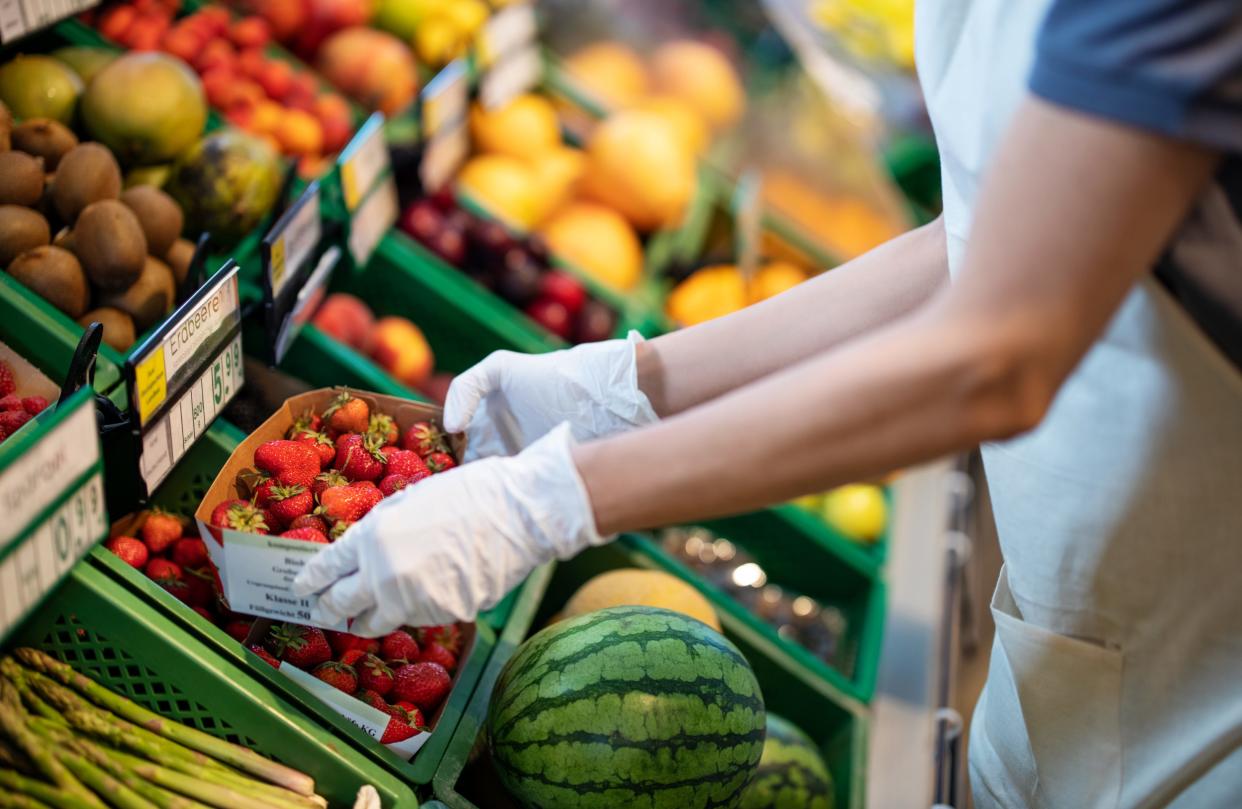
Environmental Working Group published its 2024 Shopper's Guide to Pesticides in Produce report.
Strawberries topped the "Dirty Dozen," a list of 12 fruits and vegetables ranked by pesticide contamination.
Vegetables like kale and green beans also made the list.
Strawberries continue to reign supreme on the Environmental Working Group's annual "Dirty Dozen" list, which ranks fruits and vegetables by pesticide contamination.
The "Dirty Dozen" list is part of EWG's 2024 Shopper's Guide to Pesticides in Produce published on Wednesday. The report analyzed data collected from tests conducted by the USDA and FDA on 47,510 samples from 46 fruits and vegetables.
Both agencies take precautions to clean the produce before testing, with the USDA peeling or scrubbing produce before washing and the FDA only removing the dirt. Still, the report found that the analyzed produce contained 254 traces of pesticides.
The National Institute of Environmental Health Sciences reports that more than 800 pesticides are registered in the United States, "some of which are used in large quantities and may pose risks for a variety of health problems."
The use of pesticides has been linked to adverse health effects, including higher risks of obesity, breast cancer, memory loss, and others. However, a toxicologist told Business Insider in 2017 that the amount of pesticides in produce on the "Dirty Dozen" list is likely too small to have significant consequences.
Here are the fruits and vegetables ranked on this year's "Dirty Dozen."
1. Strawberries.
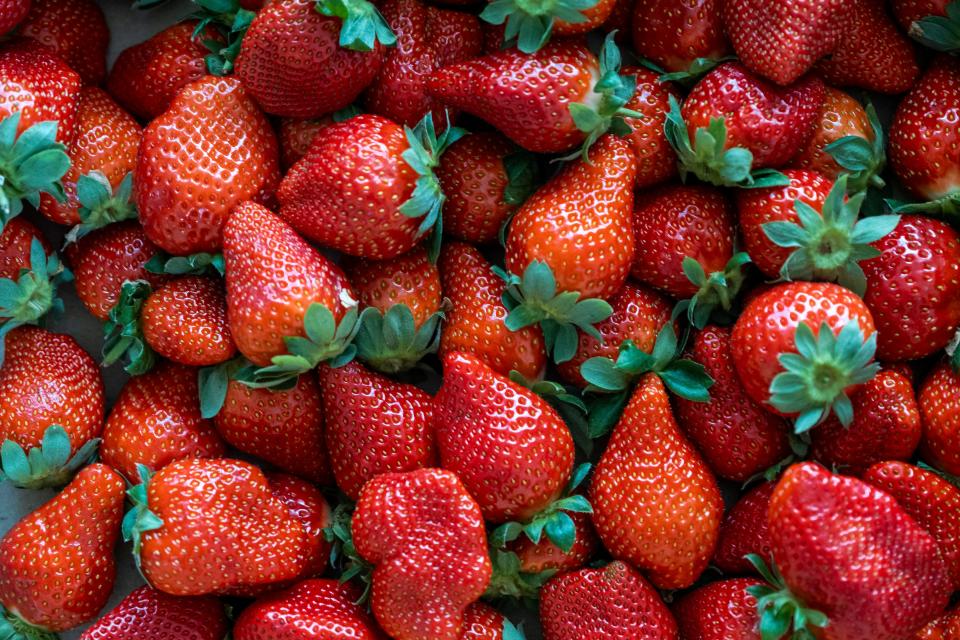
More than 90% of strawberries contained residue from two or more pesticides, according to EWG. Strawberries have topped the "Dirty Dozen" list for several years, including 2021 through 2023.
2. Spinach.
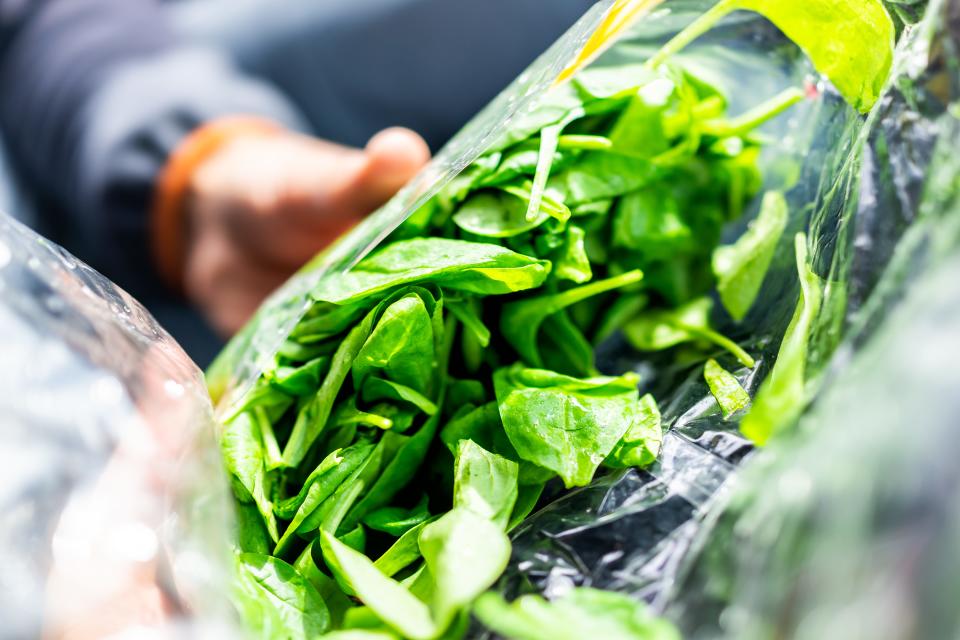
EWG reported that tests conducted by the USDA in 2016 on spinach found "an average of seven pesticides." The report added that four pesticides, including three fungicides and one insecticide, caused the majority of residue found on spinach.
3. Kale, collard and mustard greens.
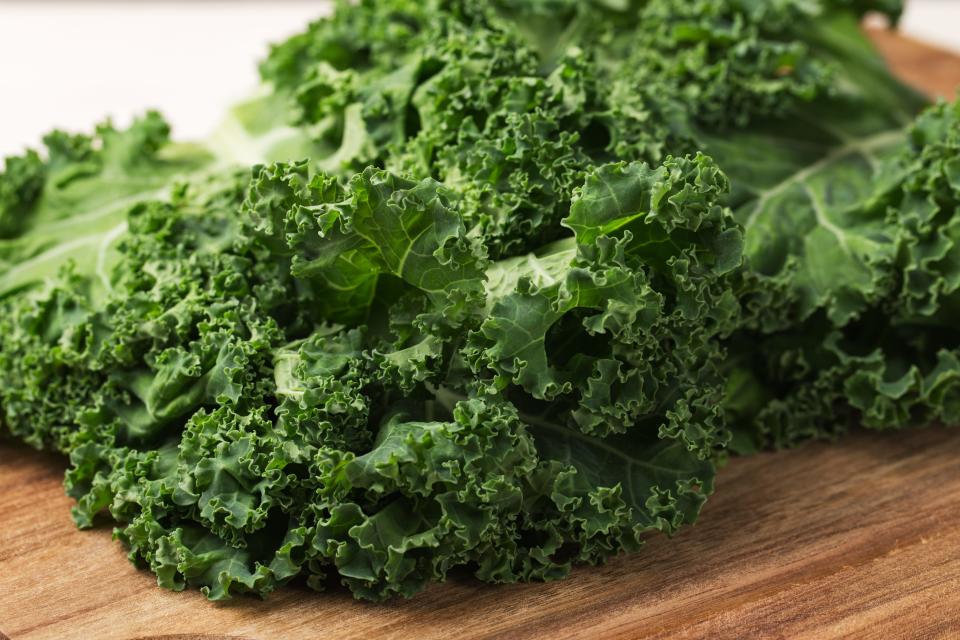
The most different kinds of pesticides were discovered on kale, collard greens, and mustard greens, the nonprofit said. The report found 103 individual chemicals.
An EWG article reported almost 60% of kale samples had residue from a pesticide called DCPA, which the EPA noted as a potential carcinogen in 1995.
4. Grapes.
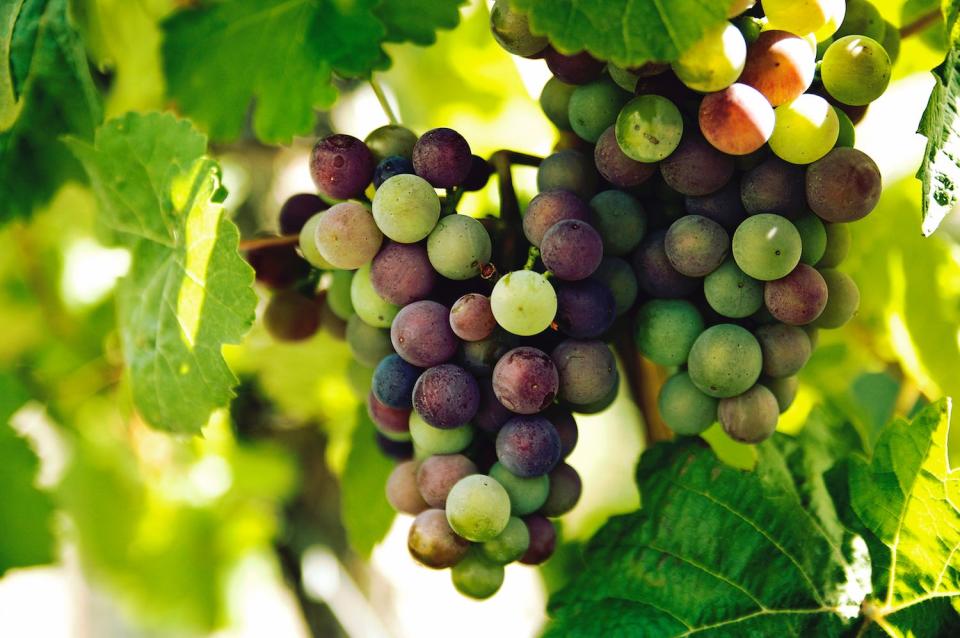
Like strawberries, 90% of grape samples tested positive for two or more pesticide residues, the report said.
5. Peaches.
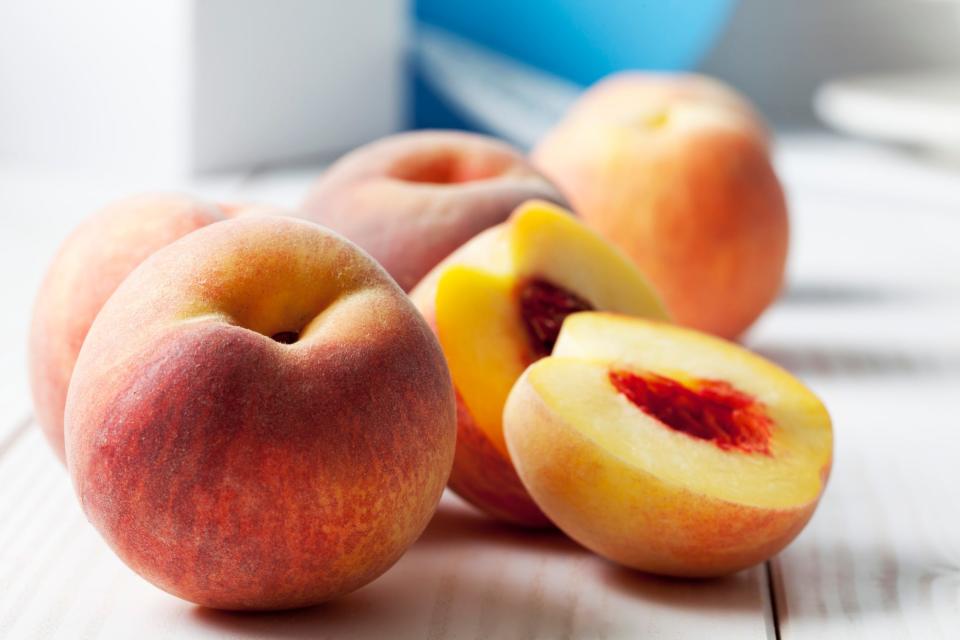
EWG reported that studies found fludioxonil — a fungicide — can work like estrogen by "increasing the proliferation of breast cancer cells" and can potentially be harmful to a male's reproductive system.
The fungicide is found in 90% of peach samples and almost 30% of samples analyzed for the "Dirty Dozen" list, according to EWG.
6. Pears.
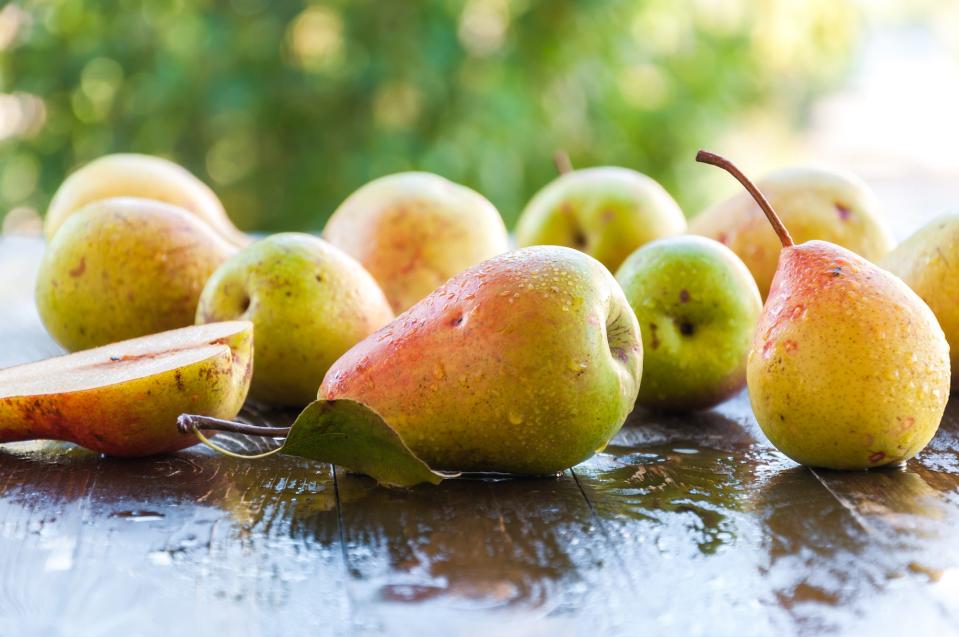
EWG reported that more than six out of 10 non-organic pears have traces of five or more pesticides. The data came from tests conducted by the USDA from 2021 to 2022.
The report added that 95% of pear samples had at least one pesticide.
7. Nectarines.
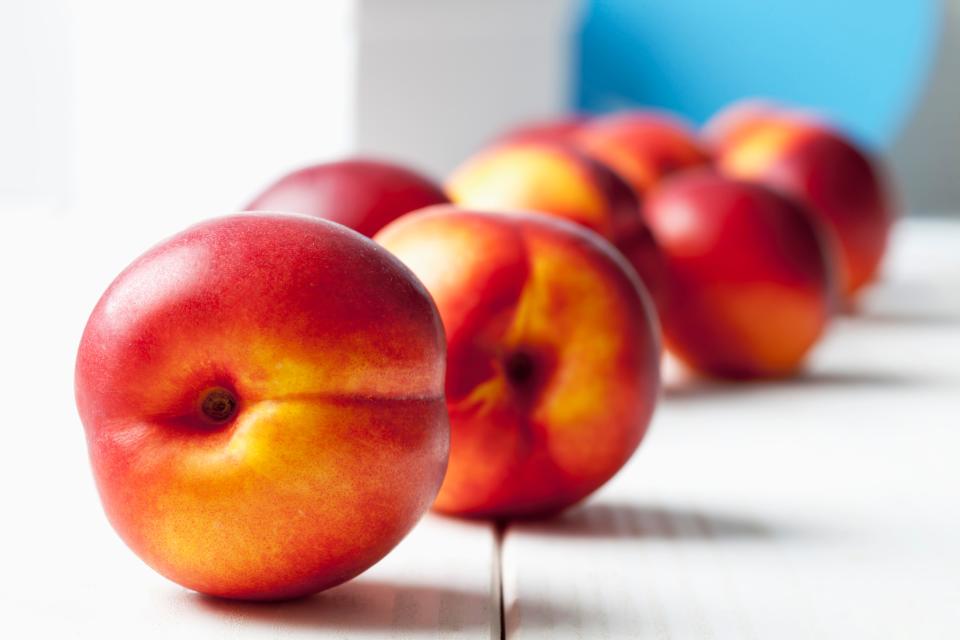
The EWG reported that more than 90% of nectarines sampled had residue from two or more pesticides.
8. Apples.
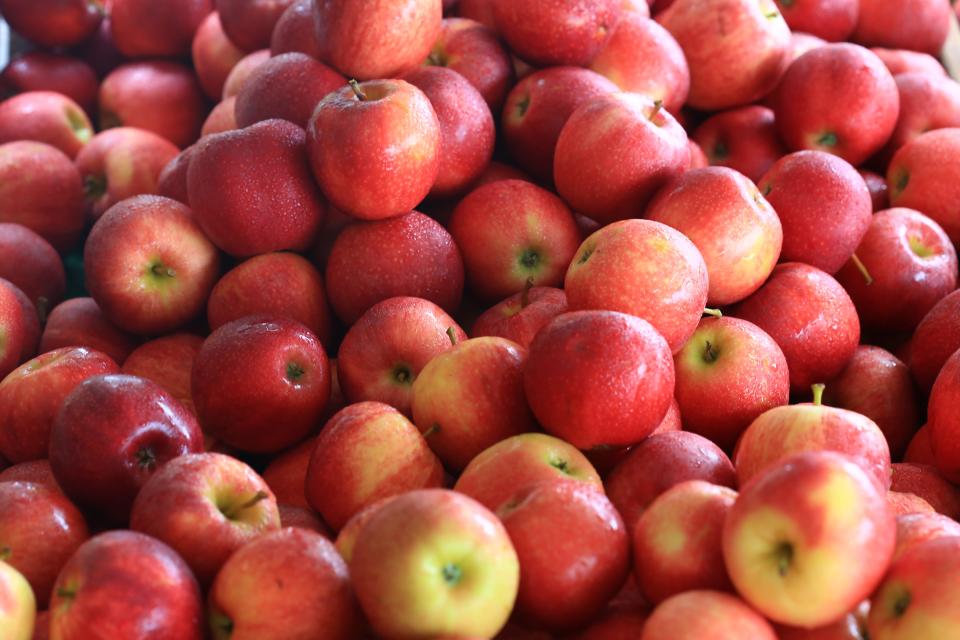
In March 2019, EWG reported that apples typically make the "Dirty Dozen" list because samples have residue from more than four different pesticides on average.
9. Bell and hot peppers.
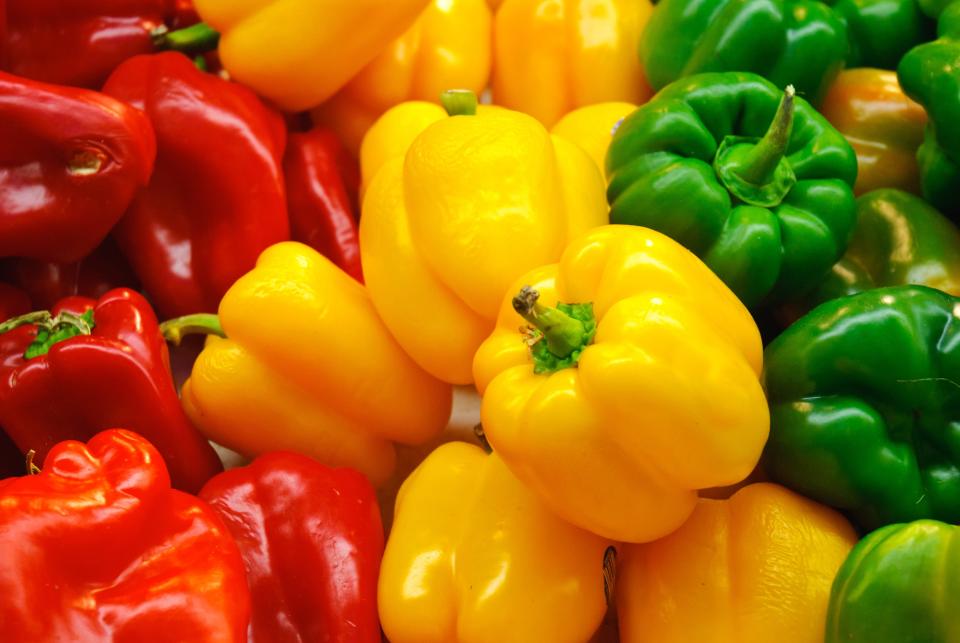
Bell and hot peppers had the second highest amount of pesticides on the "Dirty Dozen" list at 101 individual chemicals found, EWG reported.
10. Cherries.
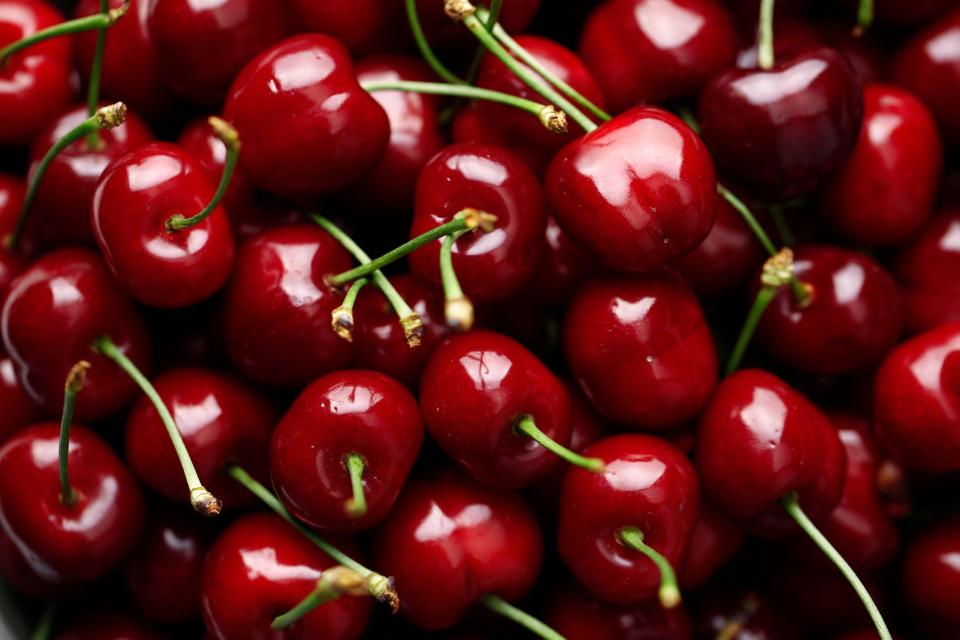
The report found that over 50 pesticides were found on produce samples analyzed for the "Dirty Dozen" list, except cherries. More than 90% of cherry samples, like strawberries and grapes, had residue from two or more pesticides.
11. Blueberries.
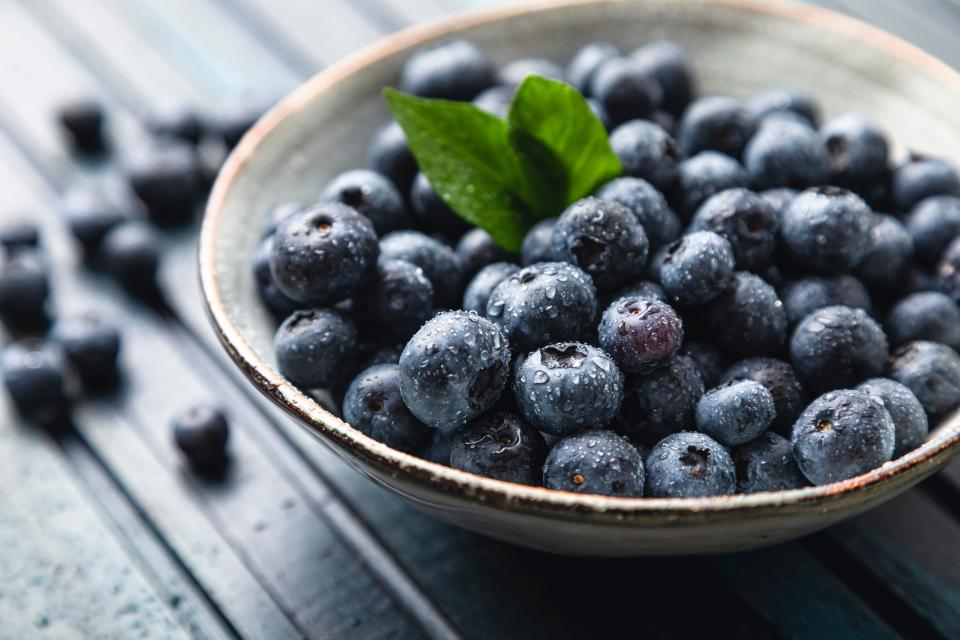
EWG reported that phosmet and malathion were the "most troubling" pesticides found on blueberries, but they're being detected less frequently than in 2014.
On the other hand, other pesticides like boscalid — which the EPA says may cause cancer — are still being detected, including on 46% of blueberries tested.
12. Green beans.
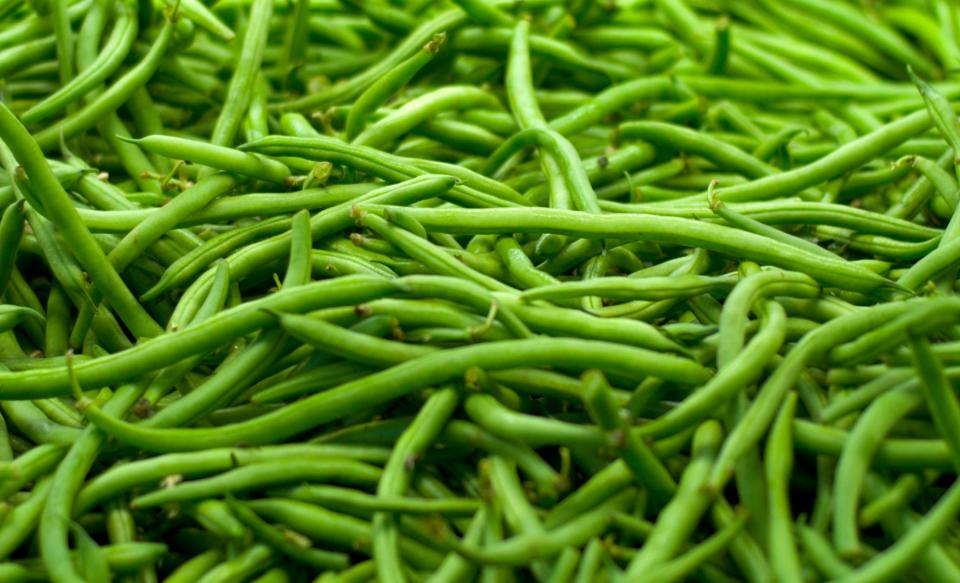
EWG reported that traces of two insecticides — acephate or methamidophos — were found in 8% of non-organic green bean samples, among other pesticides. The USDA conducted tests between 2021 and 2022.
In 2011, The EPA said acephate could not be used on green beans grown for human consumption but could be used on green beans intended for seed. The agency took more steps to phase out acephate in 2016.
Read the original article on Business Insider

 Yahoo News
Yahoo News 
